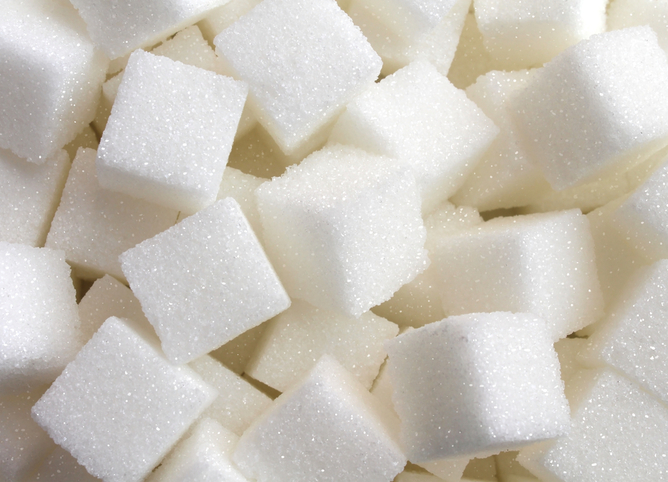High-fructose corn syrup (HFCS) is made from corn starch whereas sucrose us usually made from sugarcane or beets. Because starch itself is a simple sugar, a chain of glucose molecules joined together, once it's broken down into individual glucose molecules, it's corn syrup, which is essentially 100% glucose. It becomes high-fructose corn syrup when enzymes are added.
HFCS is sometimes called isoglucose and is used in the food industry to sweeten processed foods such as soft drinks, creams, cakes, confectionery, yogurts etc. to keep costs lower. It's sweeter than regular sugar because the fructose level can be more like honey.
But if you try to educate yourself on Google, it seems that HFCS is somehow metabolized differently than honey or sucrose, even though they are all sugar. It sounds truthy but is really just epidemiological shape-shifting. The U.S. FDA has no distinction between them other than process. However, the German Federal Institute for Risk Assessment (BfR) decided to see if they could find a particular risk to health compared to beet sugar, cane sugar or even regular corn sugar. Since that was their goal, they did. Except they really didn't, they just dismissed all of the evidence for the null hypothesis.

HFCS contains variable amounts of the simple sugars glucose and fructose in unconnected forms. This means that the two sugars are present as monosaccharides, which is why they can be formulated in different levels, such as 42% fructose, less than cane or beet sugar, or 55% fructose, more like honey. The glucose and fructose in sucrose from cane or beet sugar are present in a connected form in a 50/50 ratio as a disaccharide.
In the variants of isoglucose that are frequently used, the two monomers glucose and fructose are present in roughly comparable amounts; with respect to the fructose level, the difference as compared to sucrose is relatively low. In this case, it can be expected that there are no differences or no significant differences between isoglucose and sucrose from a nutritional perspective and that their health assessments are thus also similar.
Fair enough, the problem in obesity is too much sugar, not which plant it comes from. Only people like Mark Hyman or Joe Mercola claim otherwise. If we want to curb obesity regular excessive consumption of sugar added should not exceed 10 % of the total daily intake of energy from food, including beverages and fruit. So an adult with energy requirements of approximately 2000 kilocalories should not consume more than 6 - 12 teaspoons of added sugar per day from all food, including beverages.
Still, despite conceding all of the reasonable stuff, they still declare that HFCS can contribute to metabolic syndrome as well as lipometabolic disorders, fatty liver, obesity and type 2 diabetes. But so can any sugar, so why single out HFCS for that part?





Comments